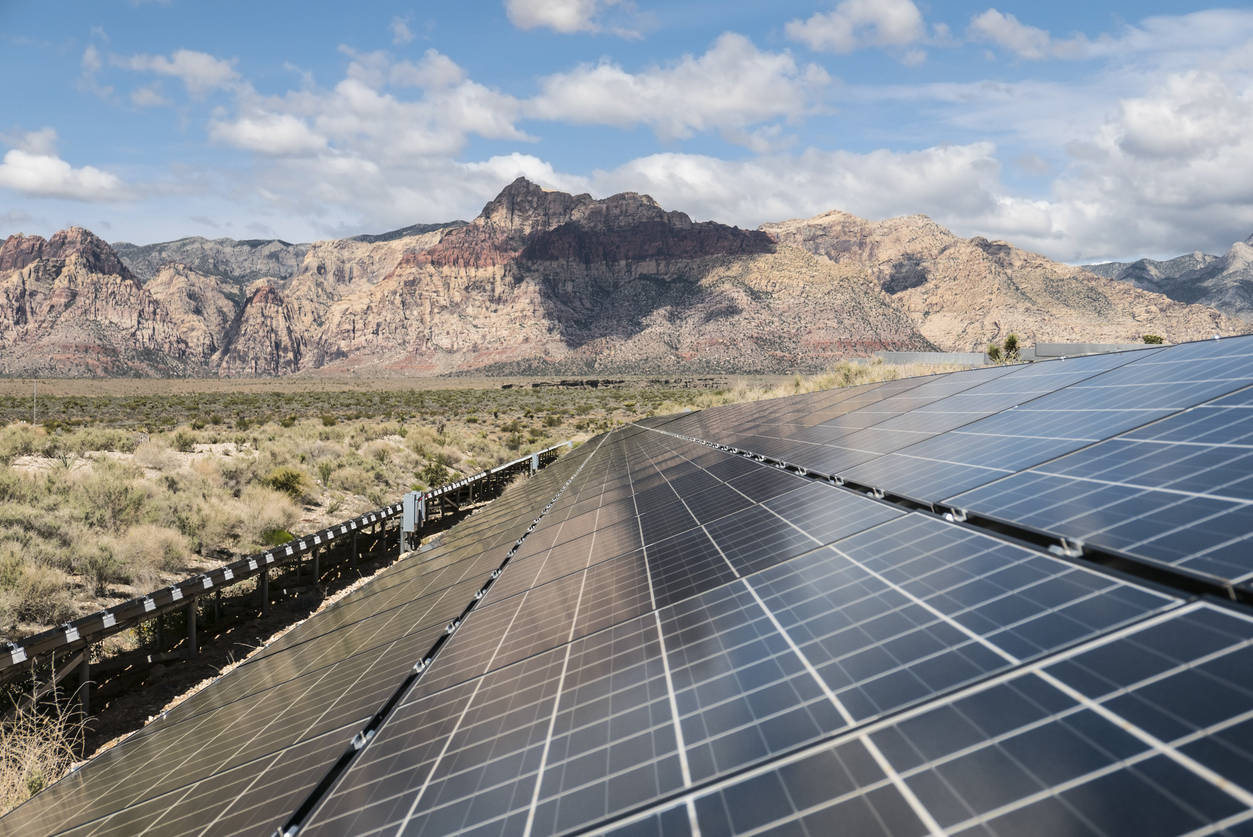 For the last decade, the city of Las Vegas has been working toward generating 100 percent of its energy from renewable source. Now, city officials state that goal has been met.
For the last decade, the city of Las Vegas has been working toward generating 100 percent of its energy from renewable source. Now, city officials state that goal has been met.
About one year ago, the city partnered with the company NV Energy, a public utility that distributes energy across the state of Nevada, to help Las Vegas reach its clean energy goal. NV Energy official recently announced that everything from City Hall to community centers are now running on clean energy after the finalization of Boulder Solar 1.
The Boulder Solar plant was built by California sustainable energy company SunPower. The 100-megawatt solar plant is located in the Eldorado Valley of Boulder City, NV.
Las Vegas’ major, Carolyn Goodman, hopes that this move will but the city on the path to be a “world leader in sustainability.”


 Corrosion is a dangerous and extremely costly problem. Because of it, buildings and bridges can collapse, oil pipelines break, and water sources become contaminated. Currently, the global cost estimated to repair corrosive effects comes in around
Corrosion is a dangerous and extremely costly problem. Because of it, buildings and bridges can collapse, oil pipelines break, and water sources become contaminated. Currently, the global cost estimated to repair corrosive effects comes in around 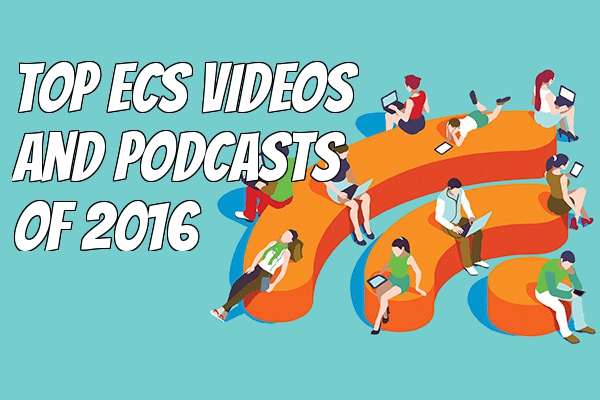 We’re wrapping up another year and reflecting on some of our top
We’re wrapping up another year and reflecting on some of our top 
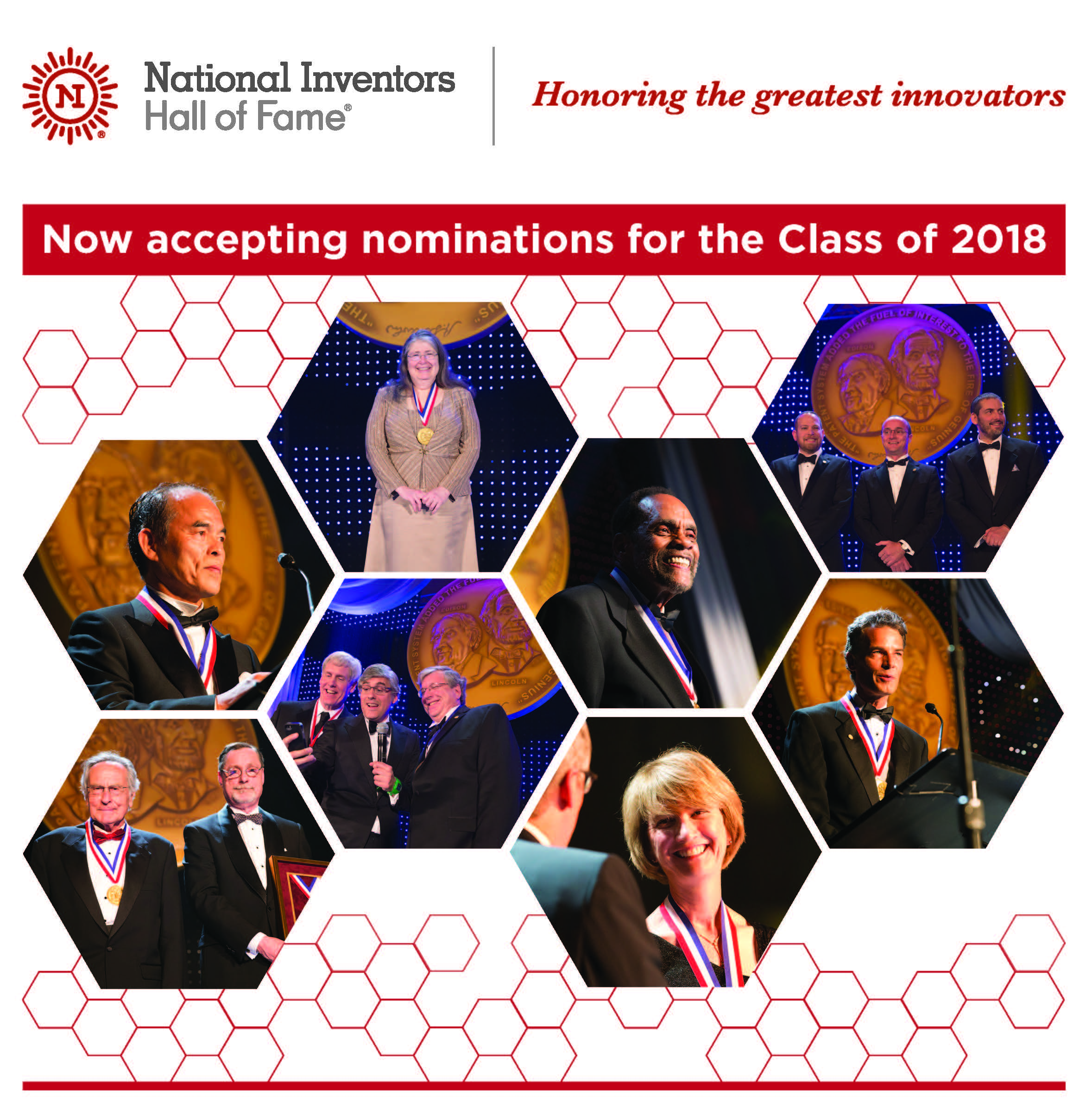 The National Inventors Hall of Fame was founded in 1973 and continues to honor individuals among us who strive to make the world a better place through innovation. With a simple mission to recognize inventors and invention, the National Inventors Hall of Fame announces a call for nominations for 2017 recognition.
The National Inventors Hall of Fame was founded in 1973 and continues to honor individuals among us who strive to make the world a better place through innovation. With a simple mission to recognize inventors and invention, the National Inventors Hall of Fame announces a call for nominations for 2017 recognition.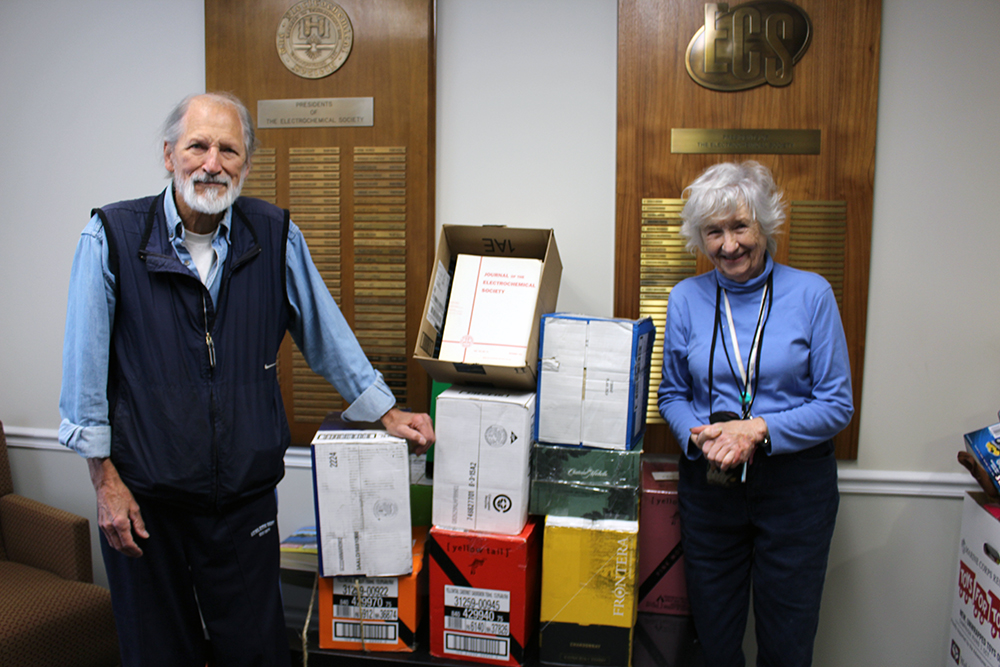
 Truth seems to be an increasingly flexible concept in politics. At least that’s the impression the Oxford English Dictionary gave recently, as it declared “post-truth” the
Truth seems to be an increasingly flexible concept in politics. At least that’s the impression the Oxford English Dictionary gave recently, as it declared “post-truth” the 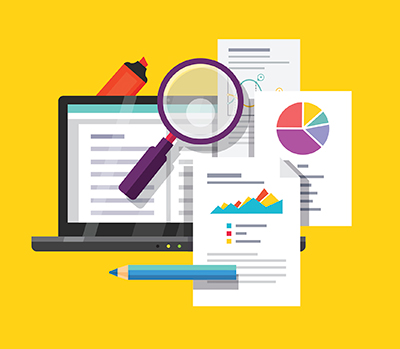 Nature announced on December 8
Nature announced on December 8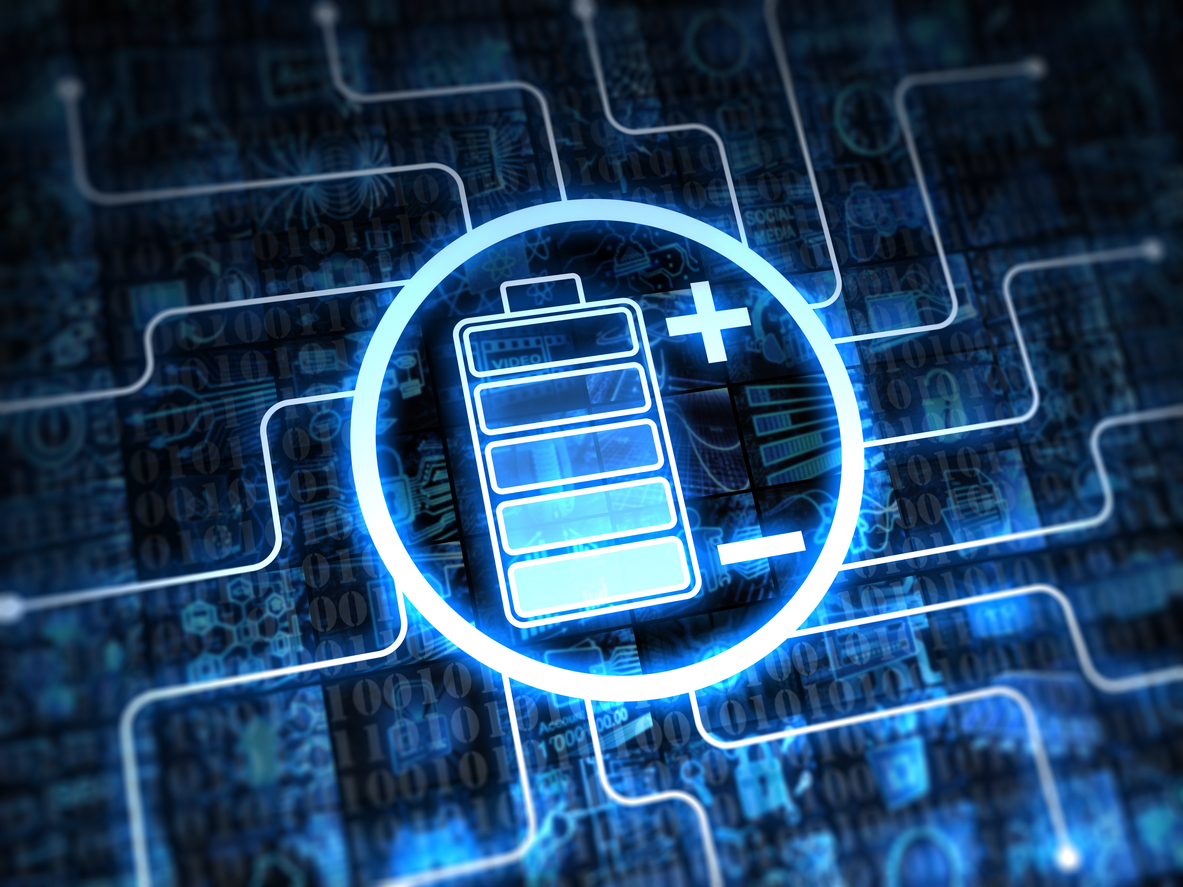 Lithium-ion batteries supply billions of portable devices with energy. While current Li-ion battery designs may be sufficient for applications such as smartphones and tablets, the rise of electric vehicles and power storage systems demands new battery technology with new electrode materials and electrolytes.
Lithium-ion batteries supply billions of portable devices with energy. While current Li-ion battery designs may be sufficient for applications such as smartphones and tablets, the rise of electric vehicles and power storage systems demands new battery technology with new electrode materials and electrolytes.